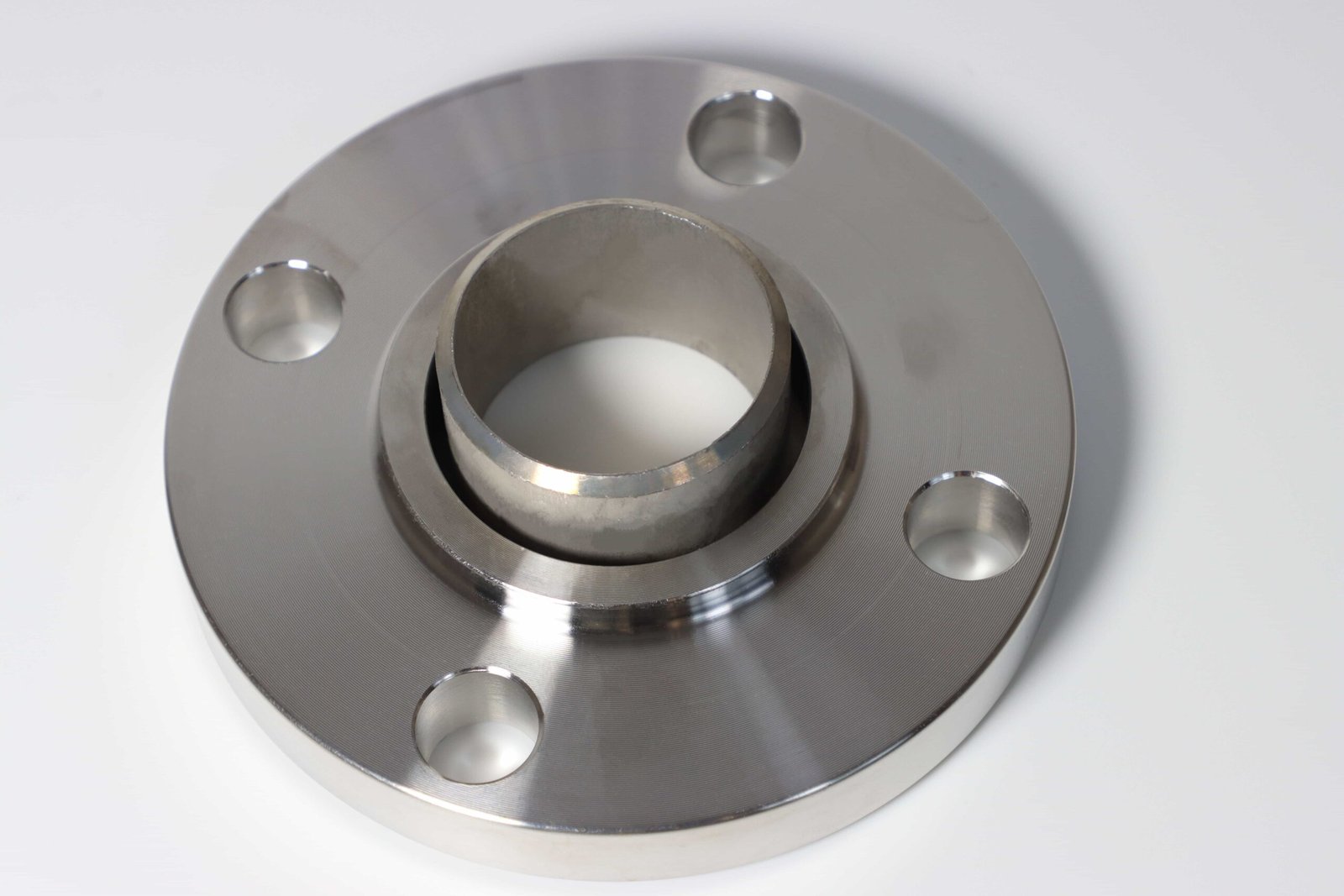International Standards:
- ASME B16.5(U.S. Standard):Class 150, 300, 600, 900, 1500, 2500, 3000
- EN 1092-1(European Standard): PN6 to PN63.
- JIS B2220(Japanese Industrial Standard):5K to 30K
- GOST 12820-80(Russian/CIS Standard): 0.1 MPa to 1.6 MPa
- SABS 1123(South African Standard): PN6 to PN40.
- DIN 2641 : PN6 to PN40.
- BS 4504(British Standard): PN6 to PN40.
Pros:
- High-Pressure Performance: Stronger than threaded flanges, suitable for Class 3000 (ASME) systems.
- Leak Resistance: Dual welding (socket + fillet) minimizes leakage risks.
- Compact Design: Ideal for tight spaces and small-diameter pipes.
- Alignment Ease: The socket guides pipe insertion, simplifying installation.
- Material Versatility: Compatible with carbon steel, stainless steel, and alloy pipes.
Cons:
- Residual Stress: Welding heat can cause distortion or stress corrosion cracking.
- Limited Pipe Sizes: Typically used for pipes ≤4 inches (100 mm).
- Difficult Inspection: Internal welds are hard to inspect without specialized tools (e.g., borescopes).
- Non-Dismountable: Permanent welding makes maintenance or modifications challenging.
- Cost: Higher labor and welding costs compared to threaded or slip-on flanges.
Description
A Socket Weld Flange is a type of flange with a recessed socket (counterbore) that allows a pipe to be inserted and fillet-welded to the flange. The pipe is secured by welding both the outer fillet and the inner socket, creating a robust connection ideal for small-diameter, high-pressure piping systems.




Quiqui –
GOOD.